Guardians Of Washington’s Wild: A Comprehensive Look At The Washington Department Of Fish And Wildlife
Guardians of Washington’s Wild: A Comprehensive Look at the Washington Department of Fish and Wildlife
Related Articles: Guardians of Washington’s Wild: A Comprehensive Look at the Washington Department of Fish and Wildlife
Introduction
In this auspicious occasion, we are delighted to delve into the intriguing topic related to Guardians of Washington’s Wild: A Comprehensive Look at the Washington Department of Fish and Wildlife. Let’s weave interesting information and offer fresh perspectives to the readers.
Table of Content
Guardians of Washington’s Wild: A Comprehensive Look at the Washington Department of Fish and Wildlife
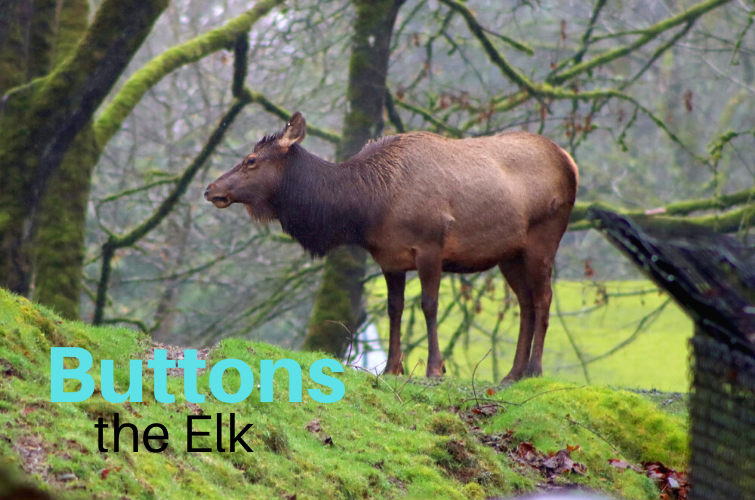
The Washington Department of Fish and Wildlife (WDFW) plays a vital role in safeguarding the state’s diverse and abundant natural resources. Established in 1911, the agency is responsible for the conservation, management, and protection of Washington’s fish, wildlife, and their habitats. This comprehensive overview delves into the multifaceted responsibilities of the WDFW, highlighting its significance in preserving the state’s ecological balance and ensuring the sustainability of its natural resources for future generations.
A Multifaceted Mission: Balancing Conservation and Recreation
The WDFW’s mission encompasses a broad spectrum of activities, encompassing scientific research, habitat restoration, wildlife management, and public education. The agency’s core responsibilities include:
-
Wildlife Management: WDFW monitors and regulates wildlife populations to ensure their health and stability. This involves setting hunting and fishing seasons, establishing bag limits, and managing wildlife diseases. The agency also implements strategies to address invasive species that threaten native ecosystems.
-
Habitat Conservation: The WDFW actively works to protect and restore critical habitats for fish and wildlife. This includes acquiring and managing public lands, restoring degraded ecosystems, and collaborating with private landowners to implement conservation practices.
-
Fish Management: The agency oversees the management of Washington’s diverse fish populations, encompassing both freshwater and saltwater species. This includes regulating fishing seasons, setting catch limits, and implementing stocking programs to maintain healthy populations.
-
Law Enforcement: WDFW employs a dedicated force of wildlife officers who enforce state fishing and hunting regulations. These officers patrol public lands, investigate violations, and educate the public about responsible wildlife management practices.
-
Public Education and Outreach: The WDFW actively engages the public through educational programs, workshops, and online resources. The agency strives to foster an understanding and appreciation of Washington’s natural resources, promoting responsible stewardship and conservation practices.
The Importance of the WDFW: A Vital Partner in Conservation
The WDFW plays a crucial role in ensuring the long-term health and sustainability of Washington’s natural resources. The agency’s efforts have a direct impact on the state’s economy, environment, and quality of life.
-
Economic Impact: Wildlife and fisheries contribute significantly to Washington’s economy through hunting, fishing, and wildlife viewing tourism. The WDFW’s management efforts ensure the continued viability of these recreational activities, supporting local businesses and generating revenue.
-
Environmental Stewardship: The WDFW’s conservation programs help protect critical habitats, maintain biodiversity, and preserve the ecological integrity of Washington’s ecosystems. The agency’s efforts are essential for mitigating the impacts of climate change and ensuring the health of the state’s natural resources for future generations.
-
Public Health and Safety: The WDFW plays a crucial role in managing wildlife diseases and preventing the spread of zoonotic diseases. The agency’s efforts help protect public health and safety by ensuring the responsible management of wildlife populations.
FAQs: Addressing Common Questions about the WDFW
1. How can I obtain a hunting or fishing license in Washington State?
You can purchase a hunting or fishing license online, at a WDFW licensing agent, or at a WDFW office. You must provide personal information, including your name, address, date of birth, and driver’s license number.
2. What are the regulations for hunting and fishing in Washington State?
The WDFW publishes detailed hunting and fishing regulations in its annual "Washington Fishing & Hunting Regulations" booklet, available online and at licensing agents. These regulations outline the legal seasons, bag limits, and other restrictions for various species and regions.
3. How can I report a wildlife violation?
You can report a wildlife violation by contacting the WDFW’s 24-hour Tip Line at (877) 933-9847. You can also report violations online through the WDFW website.
4. How can I get involved in wildlife conservation?
The WDFW offers numerous opportunities for public involvement in wildlife conservation. You can volunteer for habitat restoration projects, participate in citizen science initiatives, or contribute to the agency’s work through donations.
5. How can I learn more about Washington’s wildlife?
The WDFW provides a wealth of information about Washington’s wildlife on its website, through educational programs, and at its regional offices. You can also visit the agency’s wildlife viewing areas and learn about the state’s diverse fauna.
Tips for Responsible Wildlife Management
-
Follow all hunting and fishing regulations: Always adhere to the regulations outlined in the WDFW’s annual "Washington Fishing & Hunting Regulations" booklet. This ensures the sustainability of wildlife populations and promotes responsible recreation.
-
Respect wildlife and their habitats: Avoid disturbing wildlife, especially during breeding and nesting seasons. Leave wildlife viewing areas clean and minimize your impact on the environment.
-
Be aware of invasive species: Learn about invasive species in your area and take steps to prevent their spread. This includes cleaning your gear, inspecting your boat, and avoiding the introduction of non-native plants and animals.
-
Support conservation efforts: Consider volunteering for habitat restoration projects, donating to the WDFW, or supporting organizations dedicated to wildlife conservation.
Conclusion: A Legacy of Conservation for Future Generations
The Washington Department of Fish and Wildlife plays a vital role in protecting and managing the state’s precious natural resources. Through its diverse programs and dedicated staff, the agency strives to ensure the sustainability of fish, wildlife, and their habitats for future generations. By supporting the WDFW’s efforts, individuals can contribute to the long-term health and prosperity of Washington’s ecosystems and the legacy of its natural wonders.
.png?1688404435)
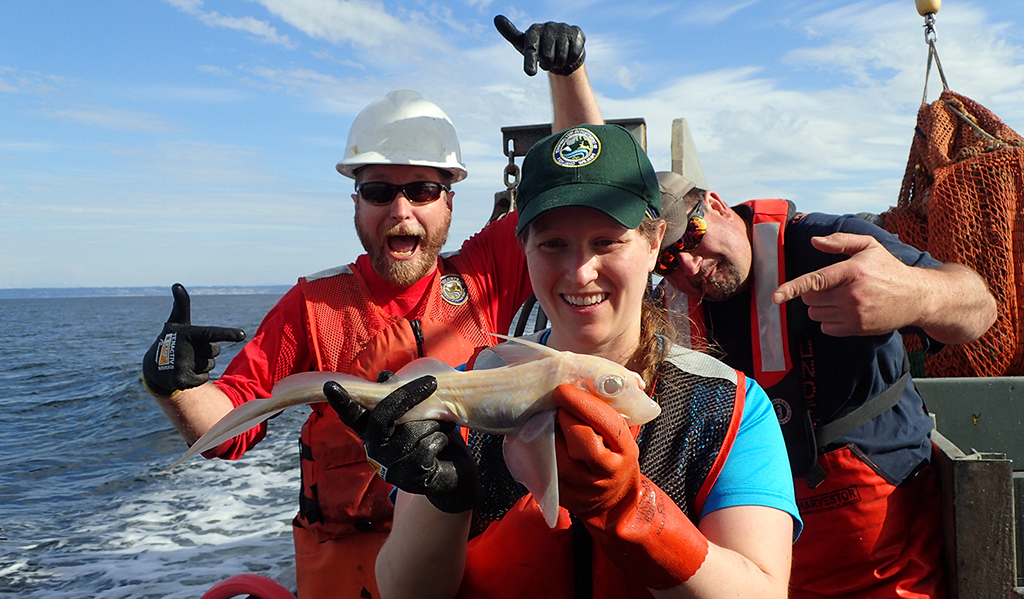
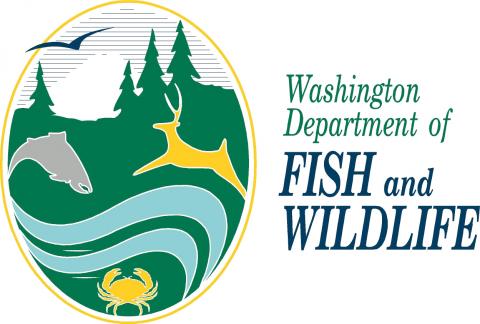
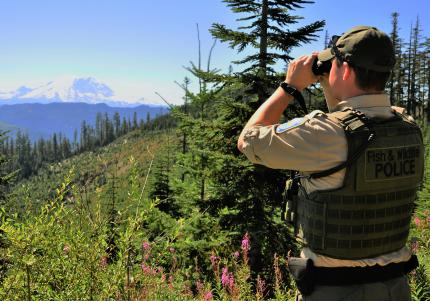
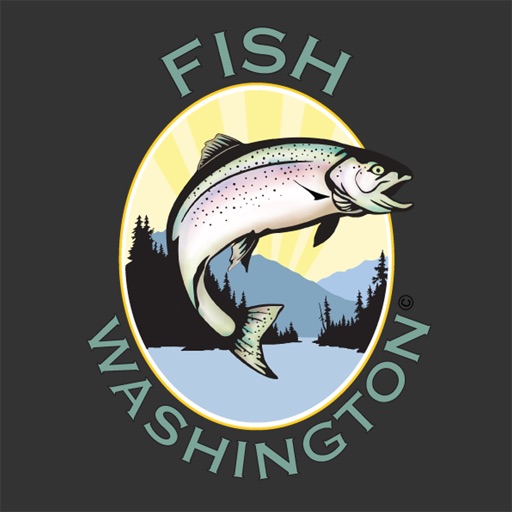

Closure
Thus, we hope this article has provided valuable insights into Guardians of Washington’s Wild: A Comprehensive Look at the Washington Department of Fish and Wildlife. We thank you for taking the time to read this article. See you in our next article!
